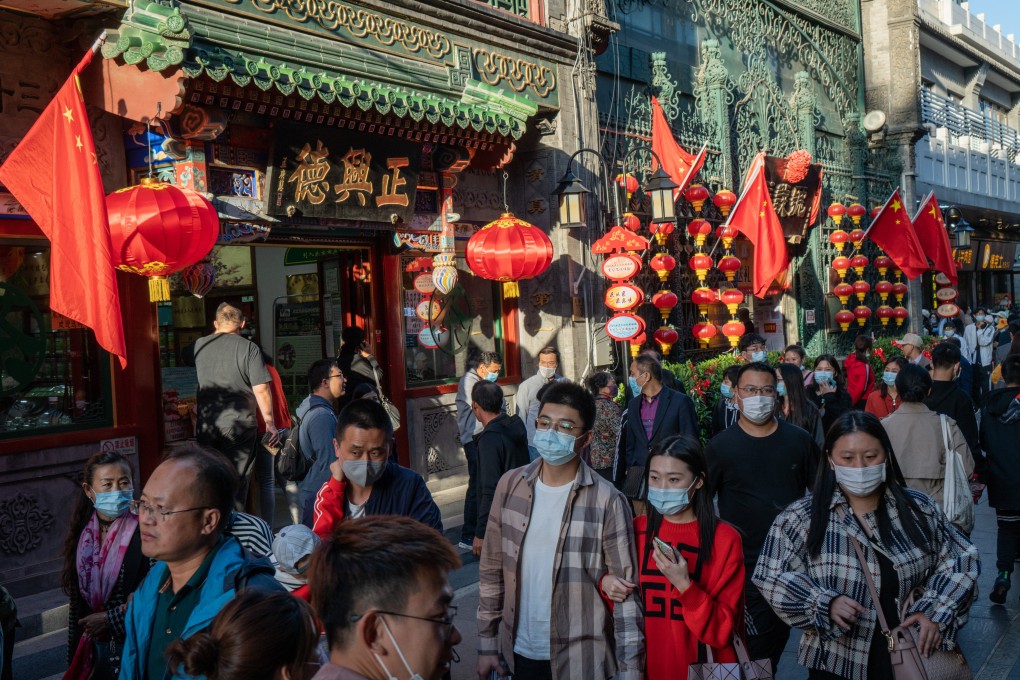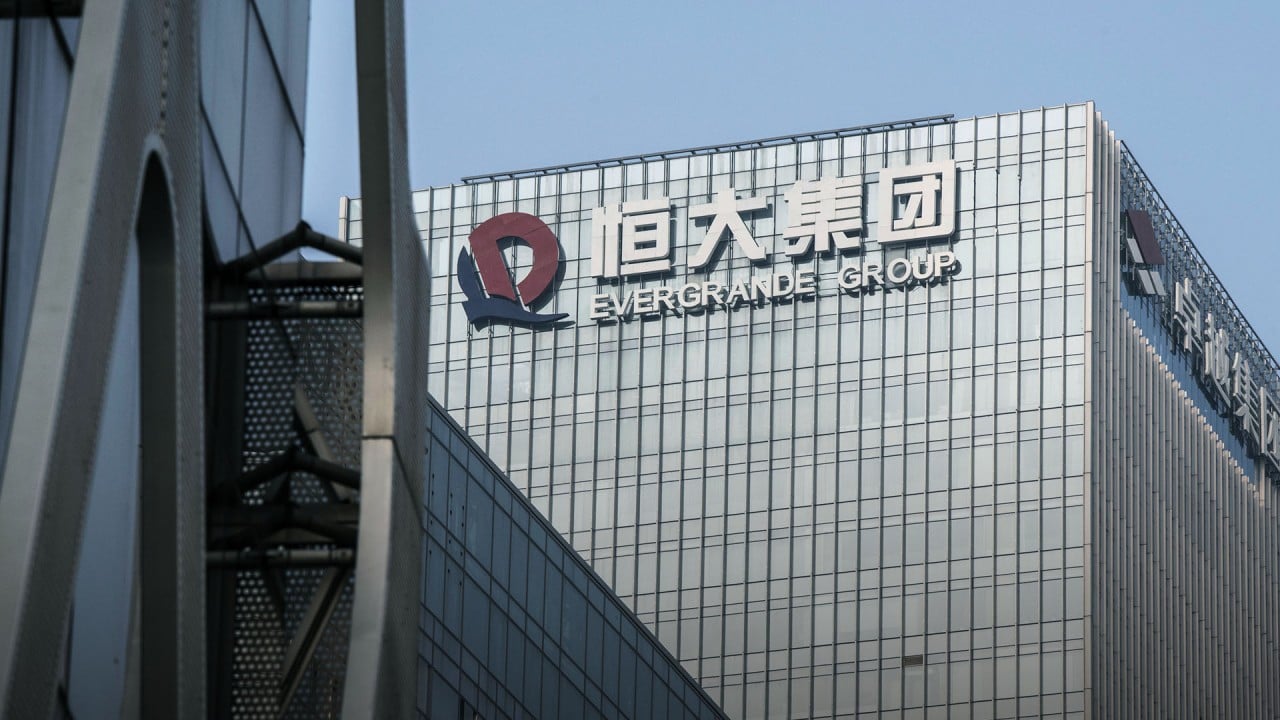Advertisement
Opinion | China needs middle-class growth and consumption to sustain economic success
- Higher incomes for the bottom tiers in society and a stronger middle class are essential for a sustainable consumer economy
- If China can deliver on these, the newly minted middle class will be a driver for greater consumption as well as continued, improved industrialisation
Reading Time:4 minutes
Why you can trust SCMP
4

Last year was the fin de siècle for the Communist Party. The party proclaimed it had achieved the first 100-year plan and eradicated absolute poverty. China delivered GDP per capita of close to US$10,500 with some 400 million people now middle class.
Beyond being the world’s largest trading nation, China is now the largest recipient of foreign direct investment. President Xi Jinping announced his ambitious drive to double the economy again between 2020 and 2035, and at the same time he has taken a hard line on the drivers of China’s modern economic rise, the digital economy and the real estate industry.
In parallel with the diplomatic showdowns with the West, China has exposed its own Achilles’ heel: it has clearly lost its labour premium. The country’s fertility rate is the lowest in the 43 years since the one-child policy began. One national newspaper even said that giving birth to three children was a moral obligation for Communist Party members.
China’s capital-intensive growth model has bred overreliance on the massive real estate industry. China’s addiction to capital expansion is akin to drinking poison to quench one’s thirst. Real estate means employment, banking profits and a fiscal lifeline for local governments.
When the music stops, the pain is born by individuals, governments and various commercial sectors, spreading from banking, construction and commodities to real estate itself. Few areas of the economy are left unscathed.
In 2021, Beijing told its most successful companies – including Alibaba, Tencent, Pinduoduo and Meituan – to make donations to China’s drive for common prosperity.
Advertisement

